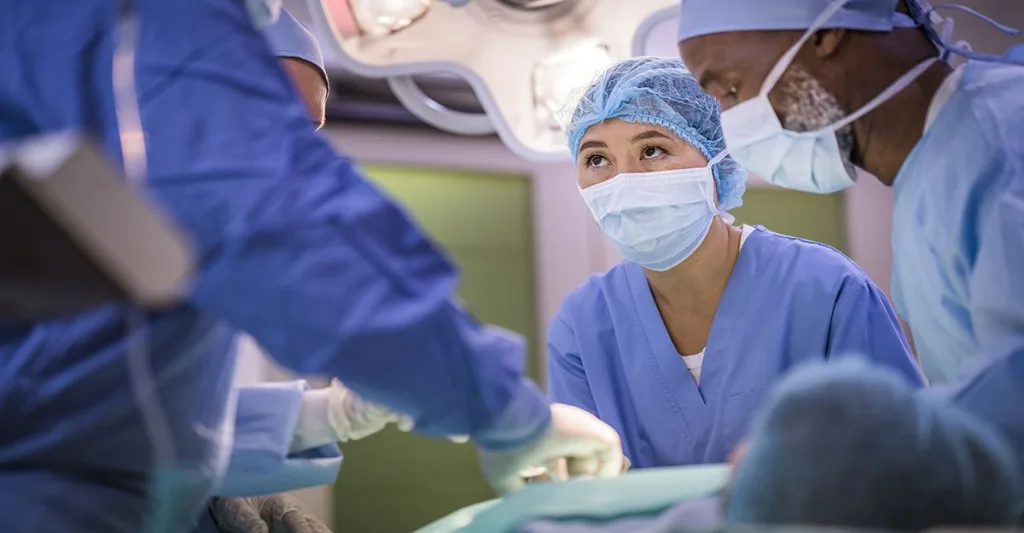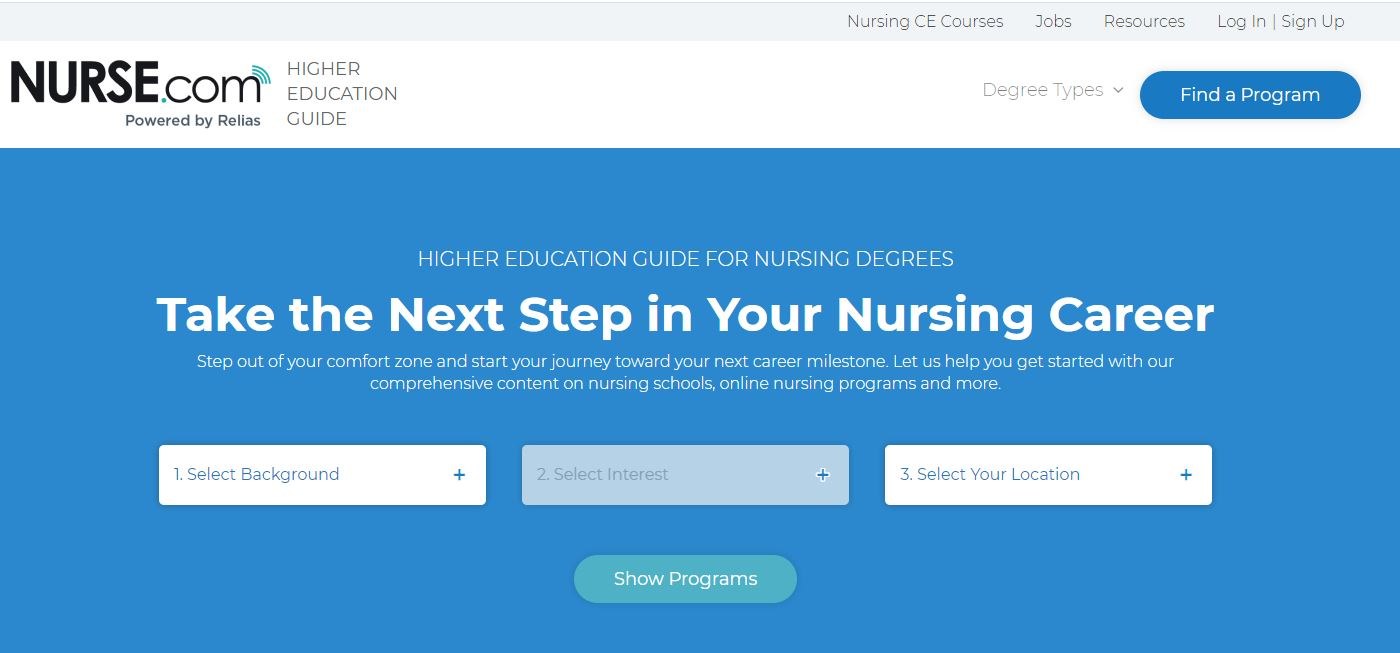Over the years, I have discussed the importance of accurate and complete nursing documentation of your patient care.
In one of my blogs, I presented a case where nursing documentation contributed to the dismissal of a lawsuit. The case of Starnes v. Schoolcraft Memorial Hospital (Michigan Court of Appeals, 2019) again illustrates the power of nursing documentation in getting a case dismissed. In this case, a male patient had an MRI performed on his right knee and afterward met with a board-certified orthopedic surgeon employed by a local hospital. Although the physician determined the patient had arthritis and a medical meniscus tear in the right knee, which was painful, the patient told the orthopedist the pain in his left knee was worse.
The surgeon's examination of the left knee showed a torn meniscus as well. An arthroscopy was done on the left knee. The surgeon decided to operate on the left knee.
The surgeon had the patient sign a consent form for a "knee arthroscopy with chondroplasty/or lateral release as indicated by arthroscopic findings." The form included an "R" and an "L" for designating on which knee the surgery was to be performed. A nurse employed by the hospital, before giving the form to the patient to sign, circled the "R" before the surgeon decided to operate on the left knee. Once she was informed the operation was to be done on the left knee, she crossed out the "R," along with her initials, and then circled the "L." The nurse then completed the other required forms, and the physician and patient signed them. All forms indicated a "left knee arthroscopy" was to be done.
Further corroboration of arthroscopy
The day before the scheduled surgery, a nurse called the patient to conduct an ambulatory care initial interview. The patient consented again to a left knee arthroscopy. The nurse's notes of the call indicated the procedure was to be done on the left knee because of a "left medial meniscus tear."
On the day of surgery, a circulating nurse confirmed with the patient that his consent form indicated a left knee surgical procedure. The patient also verified the proper surgical site on his left knee and gave verbal confirmation that the surgery would be on his left knee.
The left knee was "propped up, immobilized and shaved." The surgeon also marked the left knee before the patient went to the operating room. After the surgery, the patient complained of some left knee pain. He was given discharge instructions and discharged. The patient did not complain that the wrong knee was operated on before discharge or when a perioperative nurse made a follow-up call the next day. She documented her call in the nursing notes. When the patient visited another physician about the current pain in his left knee, he complained that he never had pain there before the surgery, despite the new physician confirming the surgeon's diagnosis. 
Patient files suit
The patient filed a suit against the hospital, the surgeon and the nurse who filled out the consent form alleging the surgery should have been done on his right knee, not his left knee, and that the changes to the consent form were to "cover up" the fact the surgical procedure was done on the wrong knee. The trial court granted a summary judgment motion for the defendants, and the patient appealed that decision to the Michigan Appellate Court.
Appellate court decision
The state appellate court opined that the plaintiff (patient) gave "speculative allegations" as to whether the defendants failed to obtain his consent to operate on his left knee.
The court further held the plaintiff's expert witness did not create a genuine issue of material fact concerning the plaintiff's allegations that would require a reversal of the summary judgment motion in the defendants' favor.
In short, the plaintiff failed to present genuine issues of material fact that would require the case be returned to the trial court for a trial. The appellate court affirmed the trial court's ruling.
Implications for your nursing practice
Although this case is an unpublished one, meaning it is only binding on the parties in the case and is not precedential, it is instructive for your nursing documentation. Some guidelines include:
- Always document conversations with patients.
- Document accurately and completely any and all care, completed procedures and patient comments.
- Don't complete perioperative or any other forms before the patient is examined and a treatment plan is agreed to by the patient.
- Make any corrections to a medical record consistent with your facility's policy.
- When correcting a nursing entry, use a single line to cross out the information and date and initial the correction.
Also, perioperative nurses should consider joining the Association of Perioperative Nurses. Utilize AORN's many resources, including its Comprehensive Surgical Checklist to ensure a patient's safety throughout the OR journey. Remember you can be a named as a defendant in a lawsuit based on your nursing documentation, and in this case, based upon allegations of your conduct surrounding that documentation. A plaintiff can allege anything -- in this case, a conspiracy to protect the defendants from operating on the wrong knee -- but must prove their case with facts rather than speculation.
Take these courses to learn more about patient education, consent and charting:
- Nursing Ethics, Part 5: The Process of Ethical Decision Making (1.5 contact hrs) The principle of well-being, or beneficence, doing good and preventing harm, obliges the nurse to promote the health and safety of patients in decisions made by and for them. The principle of equity, or justice, requires that patients be treated fairly and equally in the decision-making process. This module will further explore these principles and discuss methods of determining decision-making ability in borderline cases.
- Nursing Documentation: Legal Aspects (1 contact hr) Nursing documentation is an essential part of comprehensive patient care. Although documentation has always been an important part of nursing practice, the increasingly complex healthcare environment, litigious society and the diversity of settings in which patients receive care require that nurses pay more attention to documentation. This continuing education module outlines the importance of documentation, different formats and settings for documentation, and what nurses must document, including information about difficult situations.
- Effective Communication With Patients (1 contact hr) A growing body of research has shown a variety of patient populations experience decreased patient safety, poorer health outcomes, and lower quality of care based on race, ethnicity, language, disability, and sexual orientation. Effective communication with all patients is crucial to providing safe care. The healthcare team should aspire to meet the unique communication, cultural, and familial needs of all patients.







